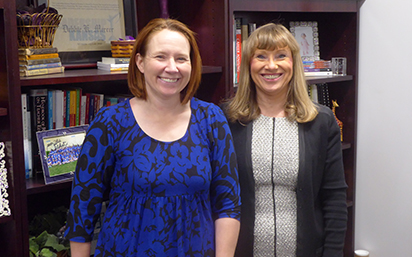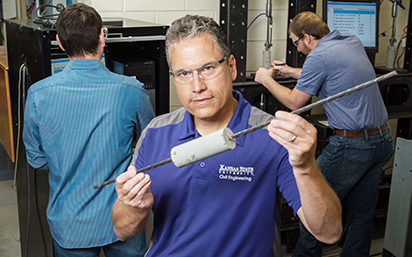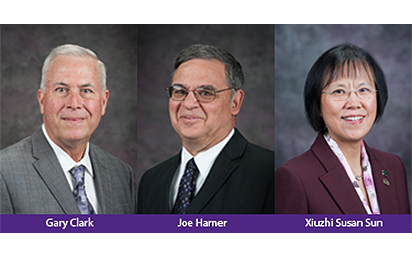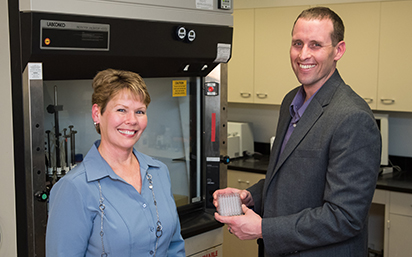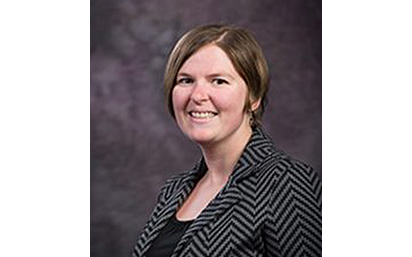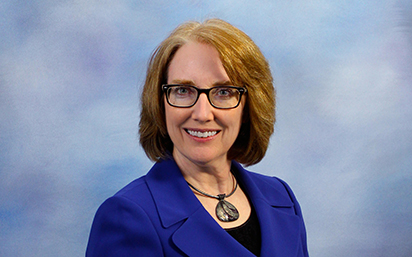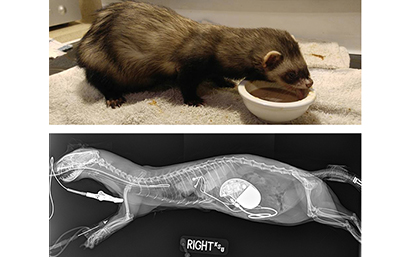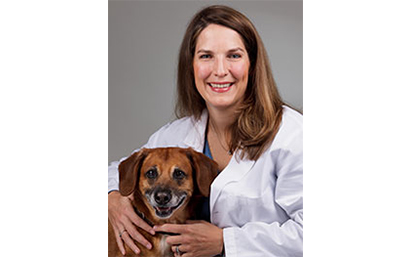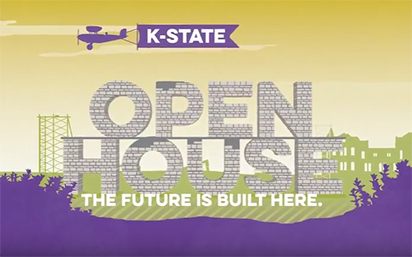
Alumni and friends invited to explore K-State at annual All-University Open House
Alumni and friends are invited to come home to K-State during the annual All-University Open House on Saturday, April 1. The event is a chance for members of the Wildcat community and prospective students to explore the campus and learn more about K-State.
Every year, approximately 20,000 people flock to K-State’s carnival of academic exhibits, entertainment, food and fun. The open house showcases the university’s 250-plus majors and options, 475-plus student organizations and the family atmosphere that makes K-State stand out.
The event is open to all ages, and admission is free. This year’s theme is “The Future is Built Here.”
The different colleges have a chance to show off their programs with special demonstrations and hands-on activities for visitors. Other activities throughout the day include opportunities to visit the nuclear reactor at Ward Hall; take photos with Willie the Wildcat; participate in a short service project at the School of Leadership Studies; learn to Wabash with the K-State Marching Band; and more.
If you’re looking for a bite to eat, you’ll find a variety of options across campus, including a pancake feed, homemade baked goods, barbecue and more.
The event at the Manhattan campus is from 9 a.m. to 3 p.m., and at the Olathe and Polytechnic campuses from 9 a.m. to 2 p.m.
Learn more about the open house or watch a video below.

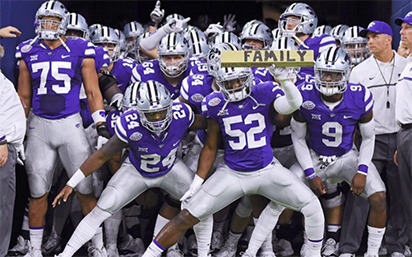
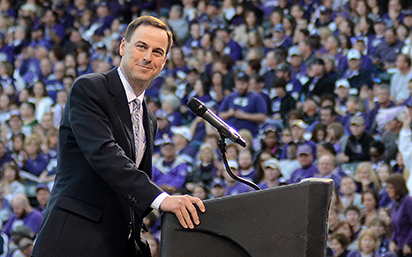
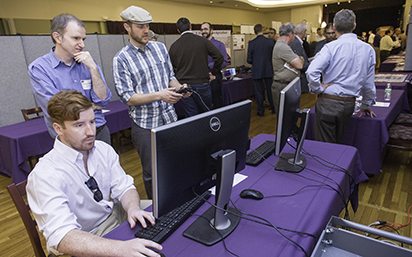
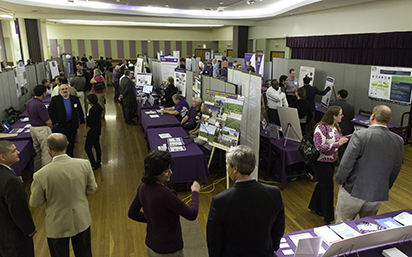 “We are taking the showcase on the road to Olathe this year because companies in Greater
Kansas City are hungry for collaboration and innovation with talented researchers,”
Dorhout said. “Industry benefits from academic partners who help develop and advance
the technologies of tomorrow so that they can be brought to a commercial market and
used to improve lives.
“We are taking the showcase on the road to Olathe this year because companies in Greater
Kansas City are hungry for collaboration and innovation with talented researchers,”
Dorhout said. “Industry benefits from academic partners who help develop and advance
the technologies of tomorrow so that they can be brought to a commercial market and
used to improve lives.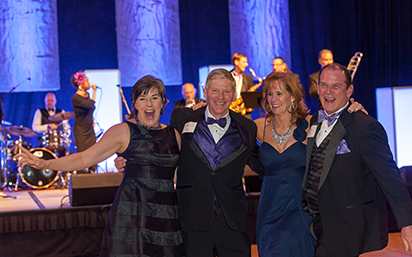
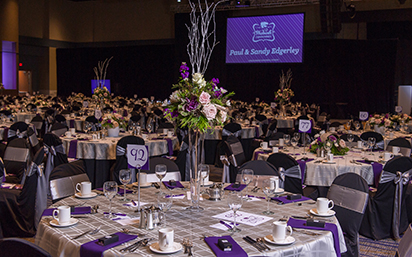
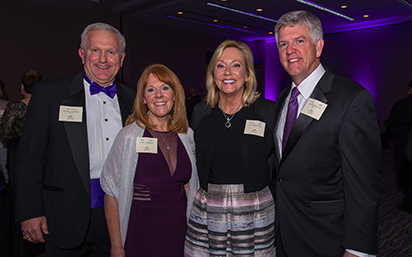
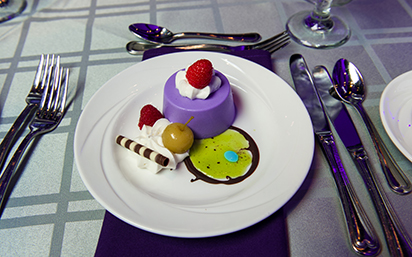
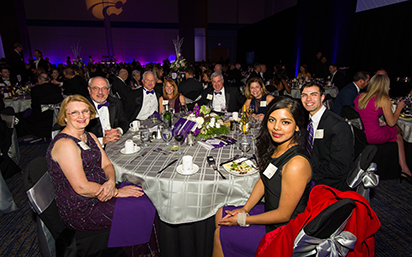
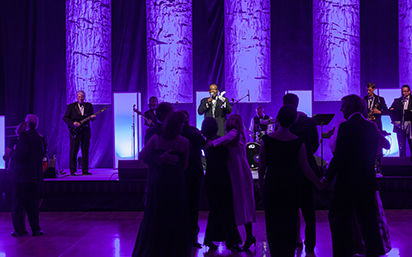
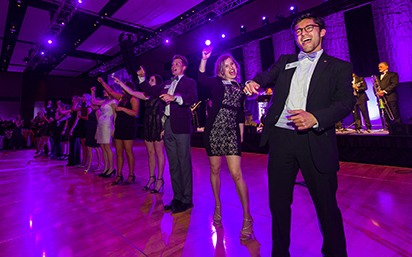
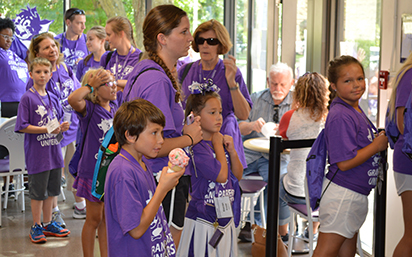
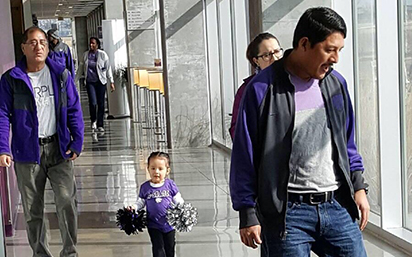
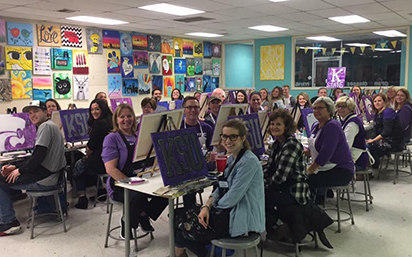
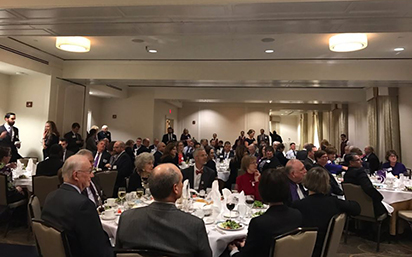

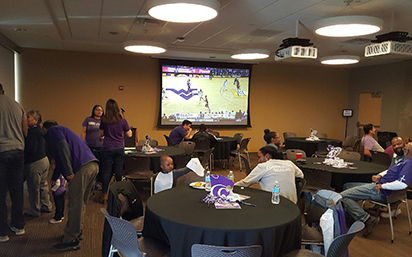
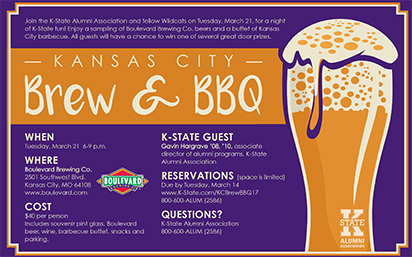
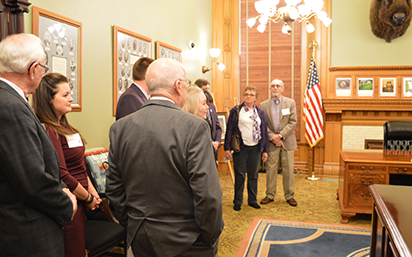
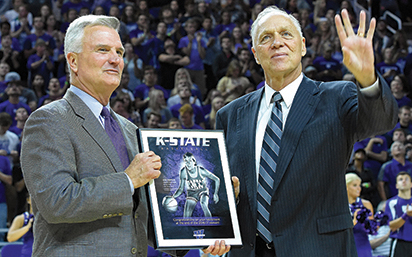
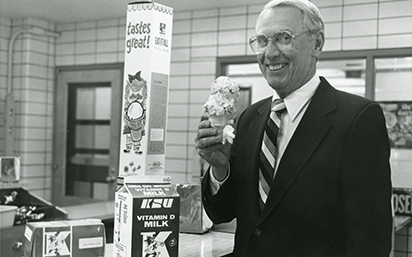
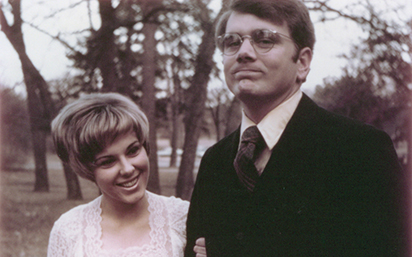 Diane Patrick ’70 and her late husband, Bob ’69, ’70, were both influenced by taking
political science courses from Orma Linford. Linford held rigorous academic standards,
founded the pre-law program and was a staunch defender of the Constitution. She was
a civil rights and civil liberties advocate, counseling victims of civil rights infringements
and racial and gender discrimination.
Diane Patrick ’70 and her late husband, Bob ’69, ’70, were both influenced by taking
political science courses from Orma Linford. Linford held rigorous academic standards,
founded the pre-law program and was a staunch defender of the Constitution. She was
a civil rights and civil liberties advocate, counseling victims of civil rights infringements
and racial and gender discrimination.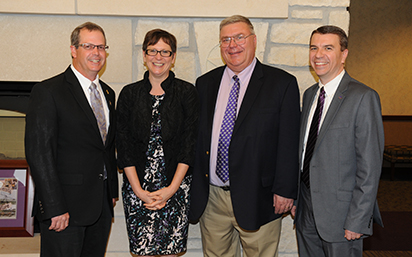
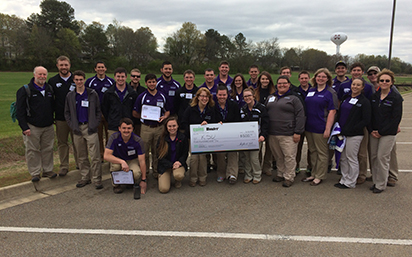
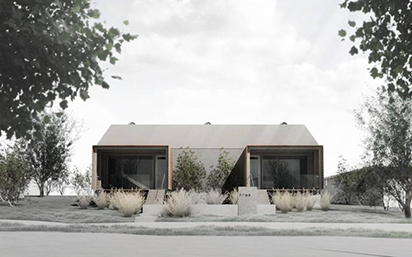
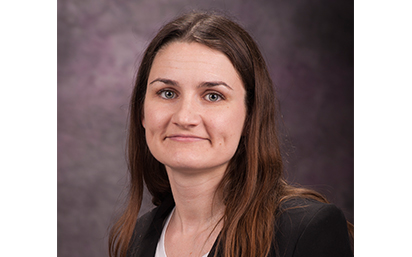
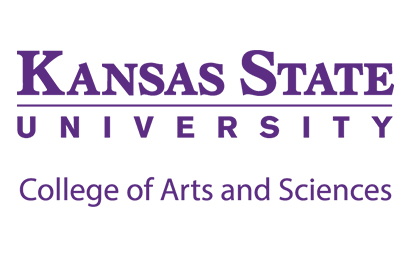
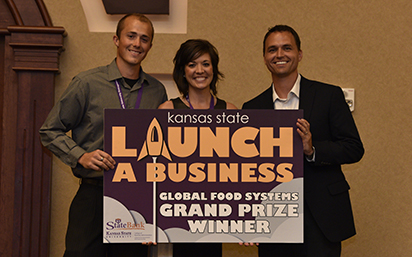
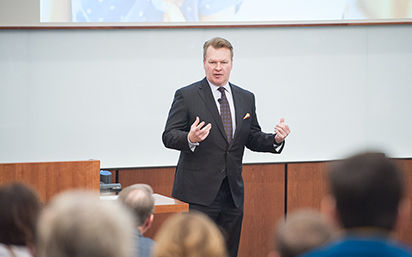
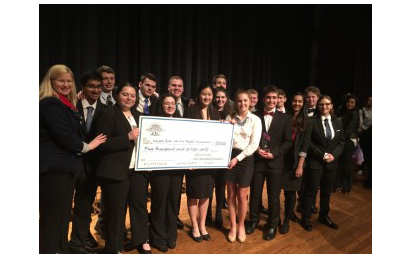
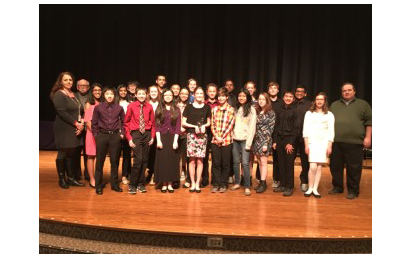 “Being involved with this ‘citizen growing’ event is one of the finest blessings of
my professional career,” Wulfekoetter said. “I take usable content away each and every
time we gather. I was blown away by Junction City’s first-year performance at state!
What a blessing to watch these students testify and respond to big idea questions.
Then, I was struck the next day by the high level of critical thinking the middle
school students showcased. Truly, I was amazed. This is exactly the kind of hands-on
education that sticks with students far beyond their years in school.”
“Being involved with this ‘citizen growing’ event is one of the finest blessings of
my professional career,” Wulfekoetter said. “I take usable content away each and every
time we gather. I was blown away by Junction City’s first-year performance at state!
What a blessing to watch these students testify and respond to big idea questions.
Then, I was struck the next day by the high level of critical thinking the middle
school students showcased. Truly, I was amazed. This is exactly the kind of hands-on
education that sticks with students far beyond their years in school.” 